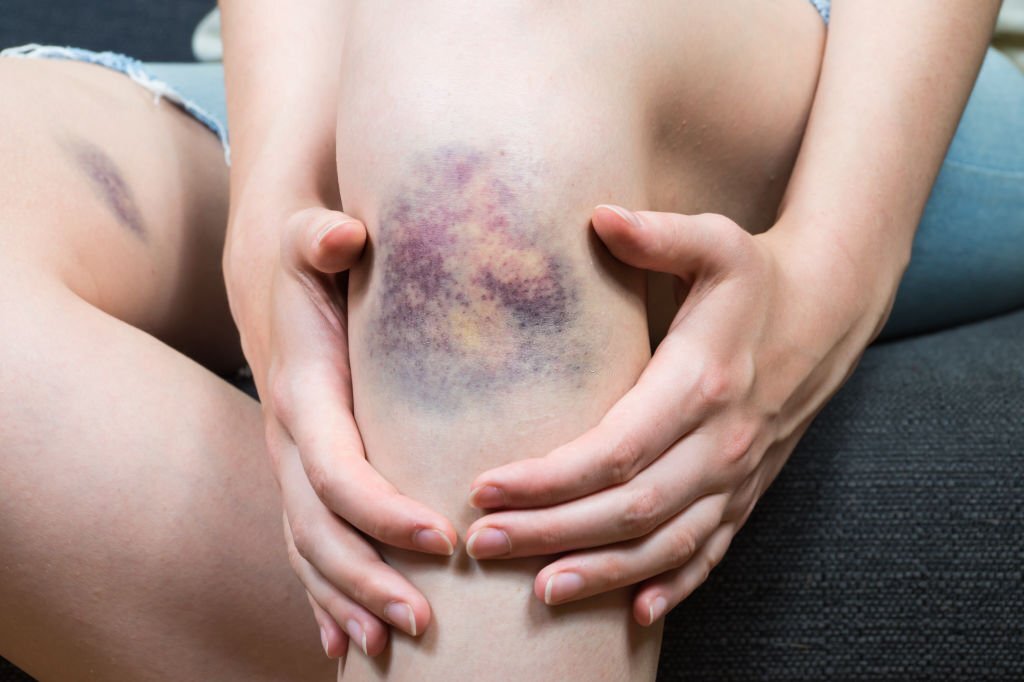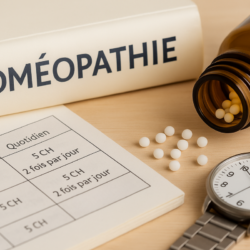Hemorrhages are blood suffusions of variable abundance by solution of continuity of one or more vascular envelopes, which can interest all the organs: soft parts, bones, mucous membranes and viscera, following various mechanisms:
- Trauma: accidental or surgical wounds, contusions that can produce bruises, hematomas or effusions in the peelable spaces, bone fractures, ruptured viscera, post-abortion haemorrhages.
- Diseases with erosion of the mucous membranes: peptic ulcers, Crohn’s disease , hemorrhagic recto-colitis, hemorrhoids, etc.
- Infectious diseases: hematuric nephritis, purpuras, etc.
- Tumor processes
- Vascular diseases: ruptured varicose veins, Rendu-Osler disease, etc.
- Disturbances of endoctrinal secretions: metrorrhagia, menometrorrhagia, etc.
- Coagulation disturbances
Stem the bleeding
Lesions of the large vascular trunks and visceral ruptures require adequate surgical treatment. With regard to haemorrhagic processes affecting small vessels, in addition to mechanical compression if feasible, the drying up of haemorrhage is facilitated, whatever its etiology, by the use of the following homeopathic medicines :
Phosphorus :
Toxicologically, phosphorus in fact causes a decrease in coagulability leading to repeated hemorrhages of red blood , which are difficult to control, and which can occur in any tissue.
Dosage : We therefore use Phosphorus 9 CH, at the rate of 5 granules every half hour for a few hours in moderate haemorrhages, while we take a dose of Phosphorus 9 CH every 6 hours for example in pancreatitis hemorrhagic and in purpura.
Arnica montana :
Its pathogenesis disturbing coagulation and having a preferential tropism for the vessels; it is the standard medicine for venous pathology and its use here is systematic, like that of Phosphorus .
The dosage is identical in the case of moderate hemorrhages, all potentiations above 5 C seem in particular to be of identical efficacy. The two drugs will therefore be alternated.
Millefolium :
It is the medicine for haemorrhages of bright red, shiny, fluid blood . It is mainly used when dealing with sheet haemorrhage: wounds, menopausal metrorrhagia, etc.
Dosage : Take Millefolium in 5 CH, by taking 5 granules repeated all the more frequently as the symptoms are more important.
Erigeron canadensis :
To choose this drug, the hemorrhage, most often of gynecological origin, must also be abundant, bright red blood , shiny, occur in successive jets and must be aggravated by any movement .
Dosage : Its intake is identical to that of Millefolium.
Correct blood volume
Conventional therapy is nevertheless the only effective one here.
Help the resorption of hematomas and bruises
Homeopathic therapy is all the more effective the earlier it is administered to the patient.
Arnica montana :
The systematic intake of Arnica montana , in a few potencies above 5 C, consequently avoids hemorrhagic suffusions in the soft parts.
Dosage : 5 granules are given every quarter of an hour as soon as possible after the trauma, then the doses are spaced out gradually.
Ledum malaria :
This medicine is used when the bruises , first of a bluish-red color, have become greenish -yellow and are slow to disappear; the typical example is the “black eye”.
Dosage : Take Ledum palustre 5 CH, 5 granules 4 times a day.
Facilitate vascular healing and rapid convalescence
Two drugs should be used systematically: Arnica for vascular healing and China rubra to facilitate convalescence .
Arnica montana :
For the reasons already mentioned above; we take 5 granules of Arnica 7 or 9 CH 2 to 4 times a day.
China Rubra :
Medicine for asthenia, weakness as well as hypotension after loss of body fluids, it finds its indication on this notion.
Dosage : Take in 7 or 9 CH, 5 granules 2 to 4 times a day.
Once the nosological diagnosis has been carried out, this also supposes implementing various appropriate therapeutic means, among which the contribution of the homeopathic method is far from negligible.





